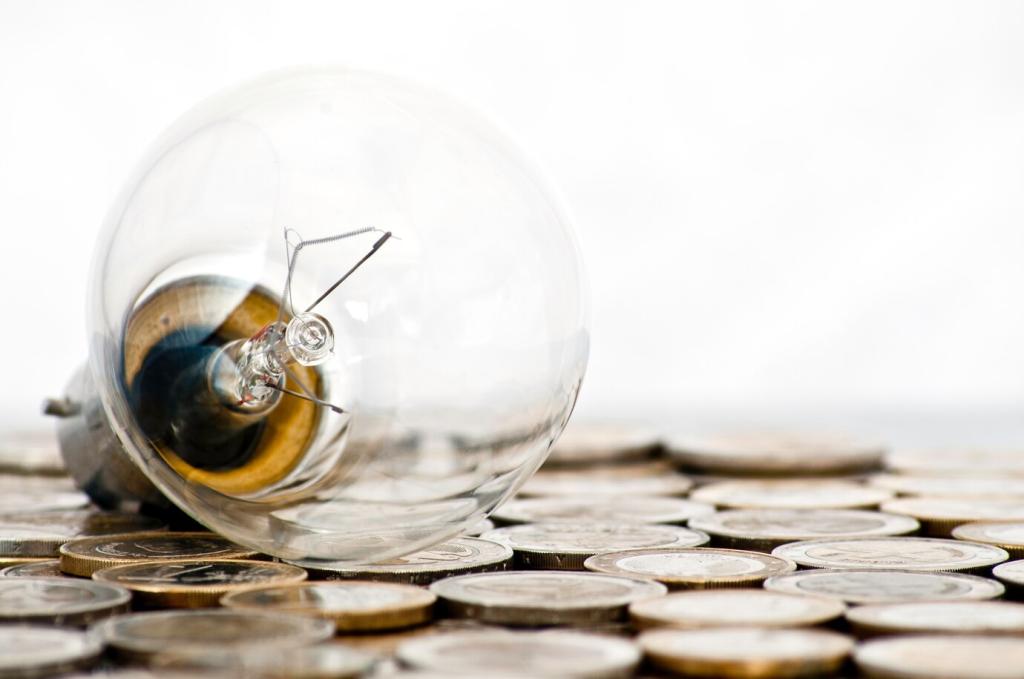Heat Smarter with Thermostats and Space Heaters
Program lower setpoints while you sleep and during work hours, then preheat before wake-up and return. A modest 1–2°C reduction can noticeably cut costs without discomfort, especially with consistent schedules and well-sealed doors.
Heat Smarter with Thermostats and Space Heaters
When you occupy just one room, a modern ceramic or oil-filled space heater can top up warmth locally. Keep clear space, use built-in thermostats, and never leave heaters unattended for safe, targeted comfort.
Heat Smarter with Thermostats and Space Heaters
Set ceiling fans to clockwise, low speed. This gently pushes rising warm air down without drafts, letting you lower the thermostat slightly. It’s a small switch with outsized comfort benefits on chilly evenings.


